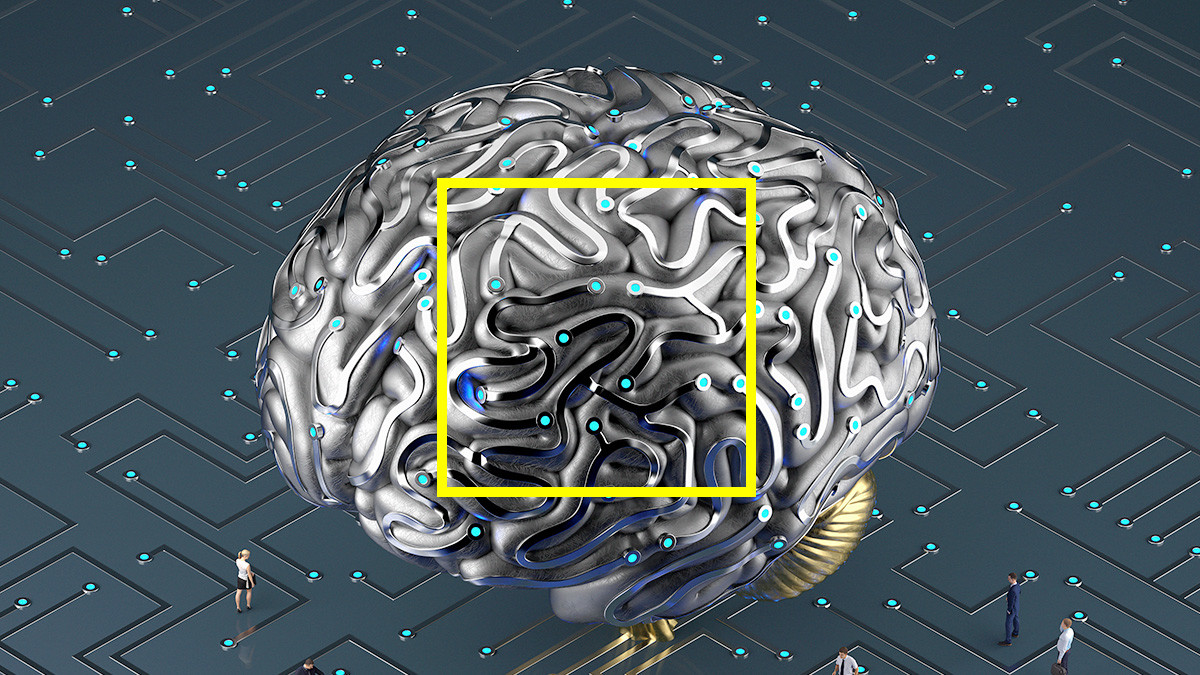While overall adoption of artificial intelligence remains low among businesses ( about 20% upon our last study), senior executives know that AI isn’t just hype. Organizations across sectors are looking closely at the technology to see what it can do for their business.
copyright by hbr.org
 As they should—we estimate that 40% of all the potential value that can created by analytics today comes from the AI techniques that fall under the umbrella “ deep learning ,” (which utilize multiple layers of artificial neural networks, so-called because their structure and function are loosely inspired by that of the human brain). In total, we estimate deep learning could account for between $3.5 trillion and $5.8 trillion in annual value .
As they should—we estimate that 40% of all the potential value that can created by analytics today comes from the AI techniques that fall under the umbrella “ deep learning ,” (which utilize multiple layers of artificial neural networks, so-called because their structure and function are loosely inspired by that of the human brain). In total, we estimate deep learning could account for between $3.5 trillion and $5.8 trillion in annual value .
However, many business leaders are still not exactly sure where they should apply AI to reap the biggest rewards. After all, embedding AI across the business requires significant investment in talent and upgrades to the tech stack as well as sweeping change initiatives to ensure AI drives meaningful value, whether it be through powering better decision-making or enhancing consumer-facing applications.
Through an in-depth examination of more than 400 actual AI use cases across 19 industries and nine business functions, we’ve discovered an old adage proves most useful in answering the question of where to put AI to work, and that is: “Follow the money.”
The business areas that traditionally provide the most value to companies tend to be the areas where AI can have the biggest impact. In retail organizations, for example, marketing and sales has often provided significant value. Our research shows that using AI on customer data to personalize promotions can lead to a 1-2% increase in incremental sales for brick-and-mortar retailers alone. In advanced manufacturing, by contrast, operations often drive the most value. Here, AI can enable forecasting based on underlying causal drivers of demand rather than prior outcomes, improving forecasting accuracy by 10-20%. This translates into a potential 5% reduction in inventory costs and revenue increases of 2-3%.
While applications of AI cover a full range of functional areas, it is in fact in these two cross-cutting ones—supply-chain management/manufacturing and marketing and sales—where we believe AI can have the biggest impact, at least for now, in several industries. Combined, we estimate that these use cases make up more than two-thirds of the entire AI opportunity. AI can create $1.4-$2.6 trillion of value in marketing and sales across the world’s businesses and $1.2-$2 trillion in supply chain management and manufacturing (some of the value accrues to companies while some is captured by customers). In manufacturing, the greatest value from AI can be created by using it for predictive maintenance (about $0.5-$0.7 trillion across the world’s businesses). AI’s ability to process massive amounts of data including audio and video means it can quickly identify anomalies to prevent breakdowns, whether that be an odd sound in an aircraft engine or a malfunction on an assembly line detected by a sensor. […]
read more – copyright by hbr.org


While overall adoption of artificial intelligence remains low among businesses ( about 20% upon our last study), senior executives know that AI isn’t just hype. Organizations across sectors are looking closely at the technology to see what it can do for their business.
copyright by hbr.org
However, many business leaders are still not exactly sure where they should apply AI to reap the biggest rewards. After all, embedding AI across the business requires significant investment in talent and upgrades to the tech stack as well as sweeping change initiatives to ensure AI drives meaningful value, whether it be through powering better decision-making or enhancing consumer-facing applications.
Through an in-depth examination of more than 400 actual AI use cases across 19 industries and nine business functions, we’ve discovered an old adage proves most useful in answering the question of where to put AI to work, and that is: “Follow the money.”
The business areas that traditionally provide the most value to companies tend to be the areas where AI can have the biggest impact. In retail organizations, for example, marketing and sales has often provided significant value. Our research shows that using AI on customer data to personalize promotions can lead to a 1-2% increase in incremental sales for brick-and-mortar retailers alone. In advanced manufacturing, by contrast, operations often drive the most value. Here, AI can enable forecasting based on underlying causal drivers of demand rather than prior outcomes, improving forecasting accuracy by 10-20%. This translates into a potential 5% reduction in inventory costs and revenue increases of 2-3%.
While applications of AI cover a full range of functional areas, it is in fact in these two cross-cutting ones—supply-chain management/manufacturing and marketing and sales—where we believe AI can have the biggest impact, at least for now, in several industries. Combined, we estimate that these use cases make up more than two-thirds of the entire AI opportunity. AI can create $1.4-$2.6 trillion of value in marketing and sales across the world’s businesses and $1.2-$2 trillion in supply chain management and manufacturing (some of the value accrues to companies while some is captured by customers). In manufacturing, the greatest value from AI can be created by using it for predictive maintenance (about $0.5-$0.7 trillion across the world’s businesses). AI’s ability to process massive amounts of data including audio and video means it can quickly identify anomalies to prevent breakdowns, whether that be an odd sound in an aircraft engine or a malfunction on an assembly line detected by a sensor. […]
read more – copyright by hbr.org
Share this: